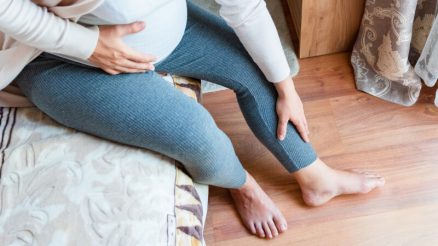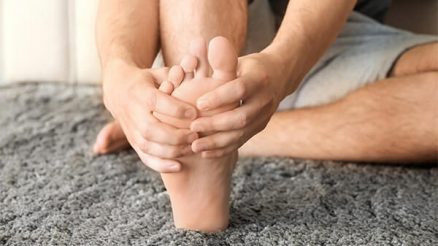Bunions, medically termed hallux valgus, are often associated with adults, but they can also develop in children and adolescents. This bony deformity at the base of the big toe can cause pain and mobility issues, impacting a young person’s quality of life. Understanding the causes, symptoms, and treatment options is crucial for parents to address this condition effectively.
What Are Bunions?
A bunion forms when the big toe drifts toward the smaller toes, forcing the metatarsophalangeal (MTP) joint at the base of the toe to protrude outward. This creates a visible bump, often accompanied by redness, swelling, and discomfort. In children, bunions may be referred to as juvenile hallux valgus and can develop as early as age 10.
Causes of Bunions in Young People
While tight shoes are a common culprit in adults, pediatric bunions are more frequently linked to genetics and foot structure:
- Inherited Traits: A family history of bunions increases risk due to inherited foot shapes, such as flat feet or overly flexible ligaments.
- Congenital Deformities: Some children are born with misaligned bones or joint abnormalities.
- Medical Conditions: Hypermobility syndromes, juvenile arthritis, or neuromuscular disorders (e.g., cerebral palsy) may contribute.
- Footwear: Ill-fitting shoes (too narrow or tight) can exacerbate underlying issues, especially in teens who wear fashion footwear.
Recognizing Symptoms
Parents should watch for:
- A visible bump at the big toe’s base.
- Redness, swelling, or calloused skin around the joint.
- Complaints of foot pain, especially when wearing shoes.
- Limping, reluctance to participate in activities, or changes in gait.
- The big toe angling inward toward other toes.
Diagnosis
A pediatrician or podiatrist will:
- Conduct a physical exam to assess toe alignment and mobility.
- Order X-rays to evaluate bone structure and severity.
- Rule out other conditions (e.g., fractures, gout).
Treatment Options
Conservative Approaches
- Footwear Adjustments: Shoes with wide toe boxes, soft soles, and proper arch support. Avoid pointed toes or high heels.
- Orthotics: Custom inserts can correct gait abnormalities and redistribute pressure.
- Splints/Spacers: Night splints or toe separators may slow progression.
- Pain Management: Ice packs and NSAIDs (e.g., ibuprofen) for inflammation.
- Physical Therapy: Exercises to strengthen foot muscles and improve flexibility.
Surgical Intervention
Surgery is rare in children but considered if:
- Pain persists despite conservative treatment.
- Deformity interferes with daily activities.
Procedures may involve realigning bones or correcting soft tissues. However, recurrence is possible, and surgeons often delay operations until growth plates close.
Prevention Tips
- Proper Footwear: Ensure shoes fit well, with a thumb’s width of space at the toes. Replace outgrown shoes promptly.
- Barefoot Play: Encourage walking barefoot on safe surfaces to strengthen foot muscles.
- Monitor Foot Health: Regularly check for early signs, especially if there’s a family history.
- Activity Awareness: Limit activities that strain toes (e.g., ballet en pointe) without proper conditioning.
When to Seek Help
Consult a doctor if your child:
- Complains of persistent foot pain.
- Shows visible deformity or swelling.
- Avoids physical activities they once enjoyed.
Potential Complications
Untreated bunions may lead to:
- Chronic pain or arthritis in adulthood.
- Difficulty finding comfortable footwear.
- Self-esteem issues due to appearance.
Addressing Myths
- Myth: Only older people get bunions.
Fact: Genetics and foot structure can cause bunions at any age. - Myth: Surgery is the only solution.
Fact: Many cases improve with conservative care.
Conclusion
While bunions in children and teens are less common, early detection and intervention are key. Parents can play a vital role by prioritizing foot health, choosing appropriate footwear, and seeking medical advice when concerns arise. By addressing bunions proactively, families can help young ones stay active and pain-free.
FAQs
- Can bunions reverse in children?
Conservative treatments may prevent worsening, but reversal without surgery is unlikely. - Are girls more affected?
Yes, possibly due to footwear choices or ligament laxity. - Do sports cause bunions?
Activities requiring tight shoes or toe pressure (e.g., ballet) may contribute but aren’t direct causes.
Empower your child with healthy foot habits today to ensure confident steps tomorrow!








